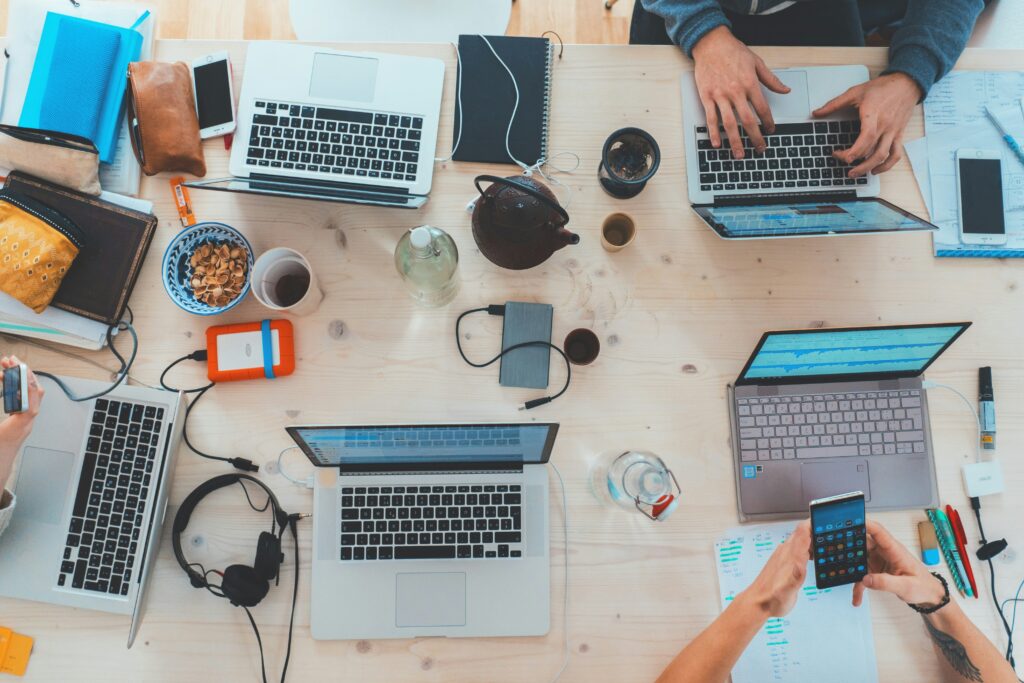Blog Post #1, Networking in today’s digital world: Creating my own personal learning network
Introduction
Personalized learning has transformed the old ‘one-size-fits-all’ model of education. It understands that each student has their own strengths, interests, and pace of learning, letting them move forward in their studies while still hitting key learnings. As Cathy L. Green pointed out in her 2016 work Personal Learning Networks: Defining and Building a PLN, we’re living in such a rapidly evolving information landscape these days that continuous learning is essential. In this blog post, I’ll dive into what it means to use social media for networking in both educational and professional settings, and I’ll share my thoughts on how creating a Personal Learning Network (PLN) can really help me as I learn and grow in my career.
My Experience
One memorable learning moment came from machine learning class last year. Instead of sticking to a strict list of assignments, we got to pick our own datasets and machine learning models to work with. I went for classification models since they really interested me, while some of my classmates leaned towards clustering or association rule mining. Having that freedom really boosted my motivation to dig deeper. I found myself spending extra time analyzing the results and tying the project back to real-world situations. This really mirrors what Green (2016) talks about that how personalized learning networks and experiences are shaped by what we’re passionate about and curious about. When the learning is relevant, it just makes sense that both engagement and results improve.
Networking with Social Media
Networking through social media in education refers to using platforms like Twitter, LinkedIn, and blogs. It’s not just about soaking up information, it’s also about sharing ideas, working together, and building knowledge with others.
I’ve built my Personal Learning Network by following machine learning researchers, developers, and educators like StatQuest with Josh Starmer on YouTube, and various thought leaders on LinkedIn. These connections provide me with really valuable insights, tutorials, and a range of perspectives that I’d probably miss out on in a traditional classroom setting.
Check out this awesome video that breaks down what a PLN is and gives you tips on how to start creating one!
As Bui et al. (2023) pointed out, social media can really enhance learning by boosting motivation, encouraging collaboration, and making the process more engaging.
That being said, PLNs do come with their own set of challenges. For one, algorithms can make it easy to get lost in endless scrolling, and it’s easy to feel swamped by so much information. To tackle this, I try to be selective about who I follow, group topics into lists, and set time limits to keep my learning on track.
Takeaway and Action Plan
Building a PLN has shown me the power of learning with a global community. It keeps me informed, sparks new ideas, and motivates me to improve. I’m looking to expand my PLN by sharing my thoughts, joining some LinkedIn groups, and interacting with my classmates’ blog posts to enhance our shared learning experience.
References
- Bui, H. P., Ulla, M. B., Tarrayo, V. N., & Pham, C. T. (2023). Editorial: The roles of social media in education: affective, behavioral, and cognitive dimensions. Frontiers in Psychology, 14, 1287728. https://doi.org/10.3389/fpsyg.2023.1287728
- Green, C. L. (2016). Personal learning networks: Defining and building a PLN. Oklahoma State University.
